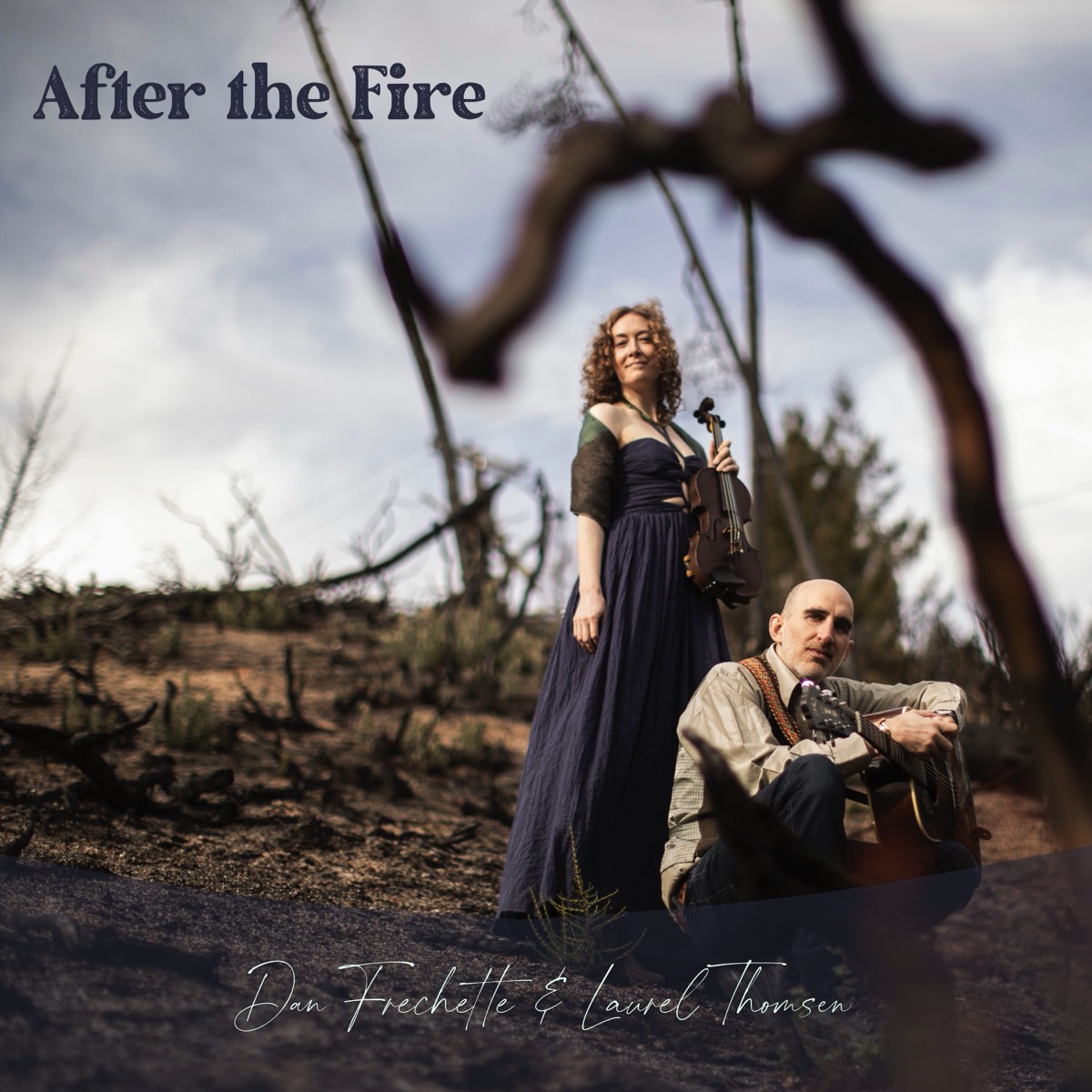If you’re a string player, have you ever thought about left and right side independence? Perhaps not. The violin family instruments require such asymmetrical positions and motions, I suspect that many string players have never considered how interconnected our arms, hands, and fingers actually are when it comes to the signals our brain sends them. Since many of these signals, when sent symmetrically, are detrimental to the sound the player is trying to produce and over time his or her playing health, I feel that it is worth it to regularly evaluate just of how independent your left and right sides actually are.
Left and right side independence, or a lack thereof, is the issue at hand with the old rub-the-belly-pat-the-head challenge. Our bodies are very symmetrical and our brain likes to send our limbs signals symmetrically. In many cases if it was otherwise, our design would never have allowed us to survive into the present day. If, while being chased by a sabertooth tiger, one leg just never got the message that it was time to run, Darwin’s survival-of-the-fittest would have favored something other than the human.
When playing violin, viola, cello, or bass, however, symmetrical brain signals can lead to many problems, both with the playing and with the player.
Two insightful examples are as follows:
When a strong bow stroke leads to steel left hand fingers: Yes, it’s straight out of an old western - the strong bow stroke walks into the bar and immediately the left hand fingers start gripping for dear life. Seriously, though, why would the left hand fingers need to press any harder just because the bow is playing louder, more accented, or with bigger stokes? There is no musical reason. The fingerboard is solid and isn’t going anywhere so there is a limit to how much pressure will actually make any difference. The added tension will only serve to slow the fingers down, cramp your hand, and make shifting and vibrato a challenge. Not sure if this is happening to you? Try playing a soft, tender passage, then repeat it with three times the volume and bigger, more forceful bow strokes. Feel the left fingers respond? If they did indeed increase their pressure on the strings when you increased the pressure through your bow, try this: Go back to the sweet and soft version and take note of the feeling in your left fingers. Keeping this exact feeling, gradually build the volume of your bow stroke up to Forte. Now your bow, which governs volume anyway, is playing Forte, but your left fingers are at a tension-free piano. It might take a few tries, each time going back to the beginning and building the volume up again while staying relaxed in the left hand fingers. Don’t worry, if you feel like your brain is about to split in two, you’re on the right track :-)
When a fast passage leads to chaotic left hand finger motion: Here the bow starts getting more animated so the fingers respond by also getting more animated, jumping up and down off the fingerboard, creating more and more space through which they must move in order to reach their desired spots on the strings. It becomes harder and harder to play accurately and in tempo because there is just too much extraneous motion happening. To separate your two sides, first play the passage incredibly softly and a bit slower, but without a decrease in energy, especially mentally. If you’re like most of us, your left hand fingers will respond by remaining closer to the fingerboard. Keep them as close as you can and notice how easy it is to move them quickly from one point to another when the distances they must travel through the air are so drastically reduced. Keeping this exact feeling and motion in your left hand fingers, take the tempo and volume up for efficient fingers but dynamic, fast bowing.
Ultimately, the purpose of practicing independence is interdependence. We're looking for tension free playing so we can focus on crafting our pieces without the chance of getting bogged down by ineffective technique. Sometimes passages require an explosion of sound and energy, but we'll be better served if that energy is conserved for the places in our music and in our bodies that enforce the sound we want - i.e. our bowing. Anything else is extraneous and better reserved for the next moment of drama.

